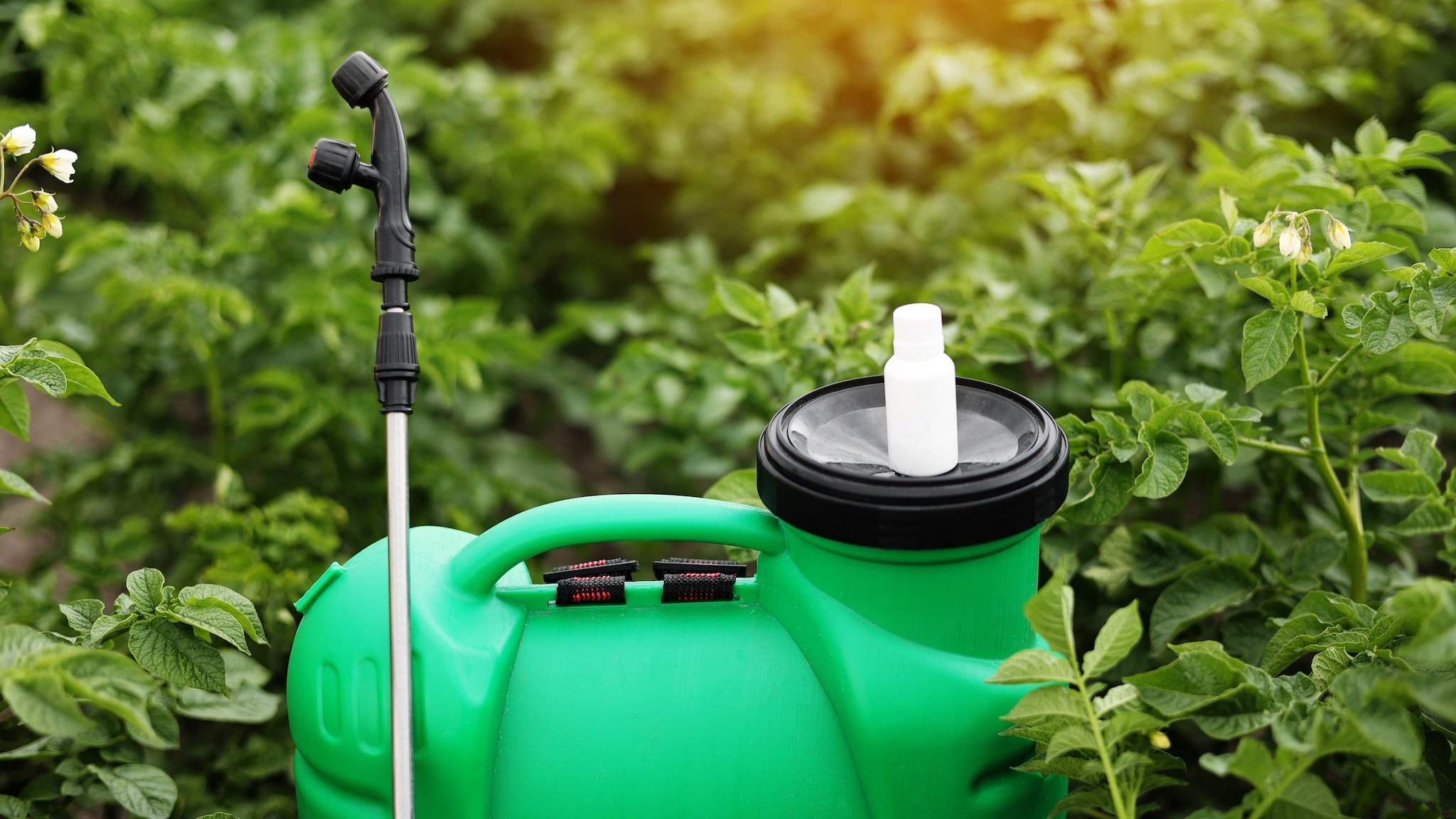What to know
- Any state health department can begin a pesticide poisoning surveillance program.
- We offer guidance and tools to help you get started.
- Our SENSOR-Pesticides program relies on the detailed pesticide poisoning case data collected by our state partners.

Getting started
The following documents can help states build a pesticide surveillance program. By following these guidelines, states collect and manage information consistently. This ensures the data collected can be comparable across states. It also means health departments can participate in the SENSOR-Pesticides program if they want.
Health departments who are interested in participating in SENSOR-Pesticides program may contact CDC INFO.
Documents
- How-to Guide for Developing a State-based Surveillance Program DHHS (NIOSH) Publication No. 2006-102 (2006)
- Case Definition for Acute Pesticide-Related Illness and Injury
Free software for data collection
SENSOR-Pesticide Incident Data Entry Reporting Software (SPIDER)
SPIDER is a free software program for states to enter their pesticide-related illness data. It ensures data are standardized and that proper information is collected, managed, and reported for acute pesticide-related illness surveillance.
Collecting detailed information on each case of acute pesticide-related illness can be used to better understand these exposures and how we can prevent them. We can better understand the root causes of pesticide poisoning events if we know:
- the pesticide product responsible for the illness
- where it was used
- how it was applied
See the data dictionary of standardized variables used by the SENSOR-Pesticides program and in SPIDER: Standardized Variables for Surveillance Database